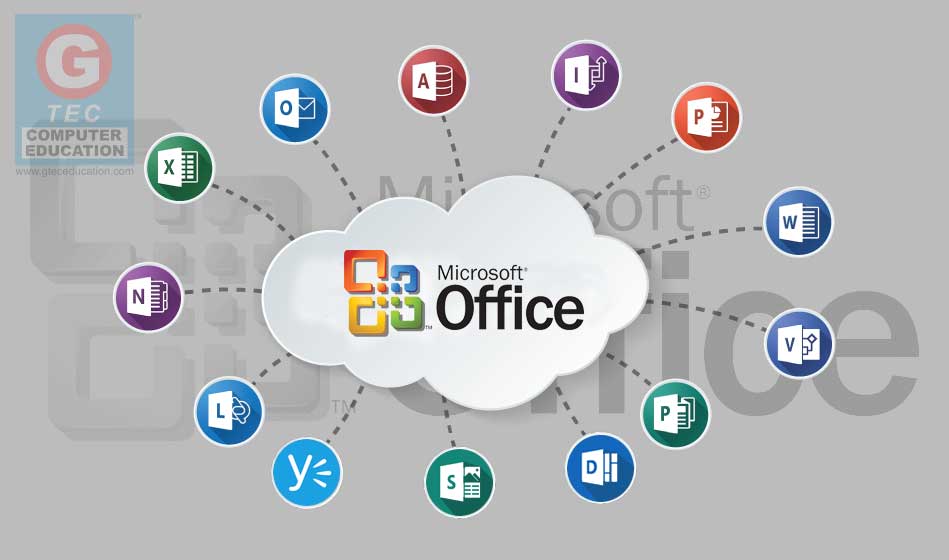

1.Microsft office word, 2.Microsft Excel, 3. Microsft Powerpoint, 4. Tally prime

Description - Tally Prime
A Tally Prime course typically covers various aspects of the software to enable individuals to effectively use it for accounting and financial management. Here's a general overview of what a Tally Prime course might include:


